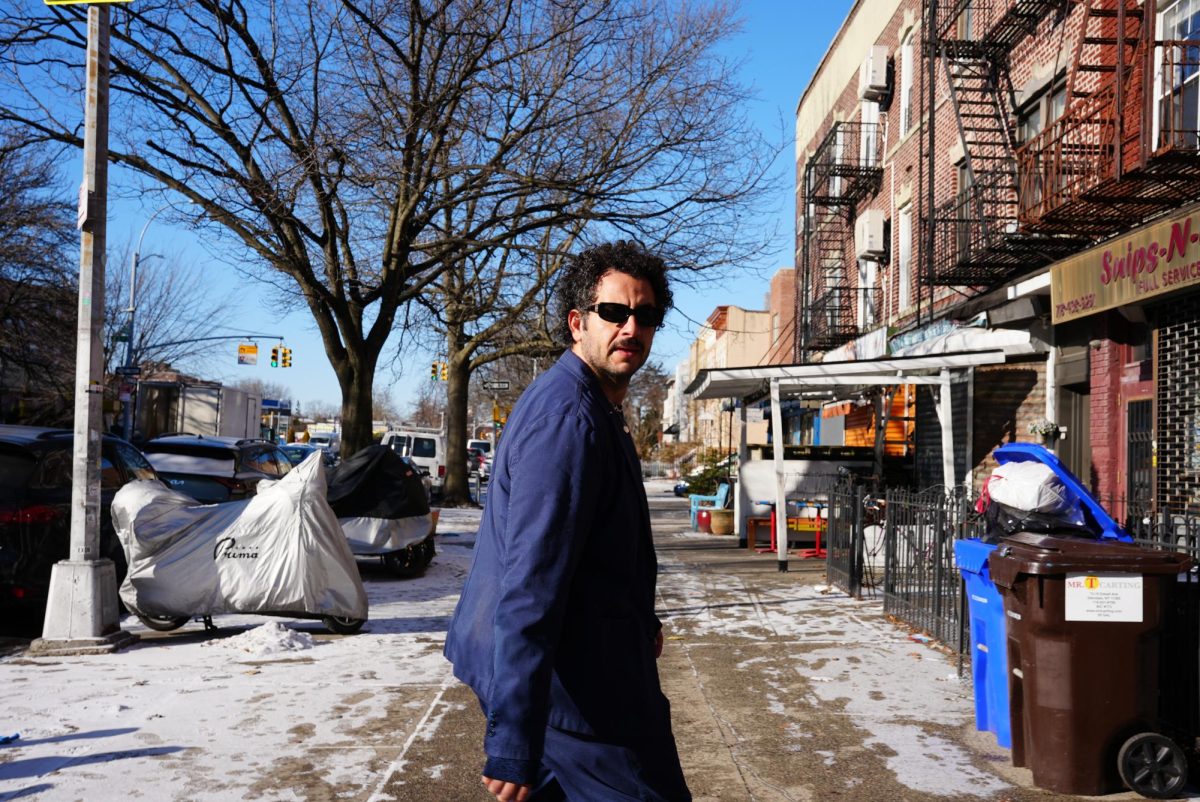Too often the martial arts cinematic realm is linked to shabby and chaotic spectacles – plastic nunchakus and poster-paint blood, mash-zoom camerawork, sledgehammer sound effects and choppy, dubbed-English dialog.
It’s rarely thought of as an art form.
The Hong Kong industry itself is partially to blame for this misconception after once cranking out one-week wonders and shipping them overseas during the fleeting kung fu craze of the 1970s.
Martial arts movies somehow have survived this craze, while movies that once shared their marquee space, such as spaghetti Westerns and “Blaxploitation” films, have since mostly faded away. Oldies stations still play Carl Douglas’ 1975 novelty hit “(Everybody Was) Kung Fu Fighting,” and Jackie Chan continues to make late-night talk show appearances and cheesy Hollywood action-comedies.
Yet there remains a great deal more than meets the Western eye. The second round of the Heroic Grace Film Series, drawn from the Shaw Brothers Studio collection in Hong Kong and organized by the UCLA Film and Television Archive, is again highlighting the mythic realm of martial arts – “jiang hu” in Chinese.
The first installment of the Heroic Grace series toured the United States and Canada in 2003, focusing on kung fu films from the 1920s and 1930s. These movies mostly were made in Shanghai and often based their plots on the tensions between the Japanese and Chinese. Chivalrous, unarmed combatants dominated this era of kung fu cinema until after World War II, when Hong Kong became the country’s cinematic center.
Postwar cultural upheavals led to the increase of “wuxia pian” films, which emphasized increased weaponry and acrobatics. Taking advantage of the opportunity, the Shaw Brothers Studio began to create many gritty and violent kung fu films, quickly becoming the largest producers of Hong Kong movies.
In 1973, Warner Brothers teamed up with the Shaw Brothers Studio to release “Five Fingers of Death” to the American audience. The movie broke box office records by pulling in a hearty $9 million and ignited the Western craze for kung fu cinema in the process.
These films drew such a large following because they “transformed from determined stories into magical explorations of space,” said Sheryl Mousley, film curator at the Walker Art Center. “They expanded beyond just conflict and fighting.”
In an effort to shed light on this genre, often misunderstood as a cheap and easy form of international cinema, the series contains works by some of its masters, specifically Zhang Che (or referred to as Chang Cheh) and King Hu (Hu Jinquan). These directors have mastered international film language with geometric precision while staying true to the customary stories and traditions of kung fu.
“The Five Venoms,” directed by Zhang Che, tells the story of the remaining disciple of the Venoms House sent to bring justice to his five predecessors, each of whom possesses a characteristic fighting style – scorpion, snake, centipede, toad and gecko. Zhang Che’s other film in the series, “The Boxer from Shangtung,” adapts the gangster formula to the mean streets of 1930s Shanghai. The film’s band of hatchet-carrying thugs was recently revived as the “Axe Gang” in Stephen Chow’s “Kung Fu Hustle.”
A more recent discovery for martial arts fans is director Chu Yuan, who draws from King Hu’s artistry and Zhang Che’s action. Yuan’s “Intimate Confessions of a Chinese Courtesan” (1972) turned out to be one of the most popular films in the first Heroic Grace series. Three of his films, “The Magic Blade,” “The Jade Tiger” and “The Clans of Intrigue,” will be shown in this year’s series. In Yuan’s films, honorable swordsmen fight for power in an erotic and violent world; lavish studio sets re-create secret underground lairs and autumn forests where fantastic acrobatic action takes place.
In nearly all martial arts films, the fight choreographers work alongside the directors. They not only arrange fight scenes, but also sometimes virtually take over the role of the director. Choreographer Lau Kar-leung is one such man – listed as the director for three films in the series.
Lau’s works pay homage to rich, complex local traditions while showcasing authentic fighting styles. In films such as “My Young Auntie” and ingeniously titled “Dirty Ho,” Lau incorporates the comic theatrical style of Peking Opera, developing the first kung fu comedies.
“Young acrobats in these films were trained in Peking Opera, which made them incredibly acrobatic,” Mousley said. “Some of the people who later became actors were actually doing gravity-defying moves” which made movie series like “The Matrix” and “Kill Bill” so popular.
Of course, those stunts were faked.
It’s undeniable that many of today’s filmmakers have been influenced by the history and artistry of Hong Kong martial arts film. Nonetheless, these beautiful and traditional films are rarely seen for what they are, but rather cast aside as run-of-the-mill.
The second installment of the Heroic Grace Film series is insisting that, despite
unconvincing sound effects, martial art cinema is as much of an art form as the kung fu itself.







